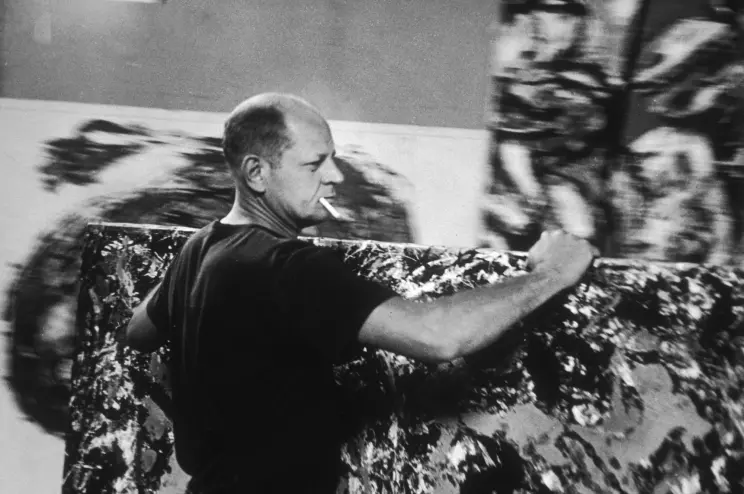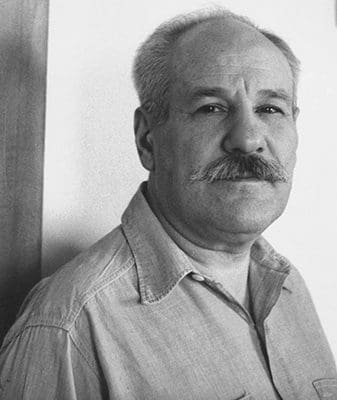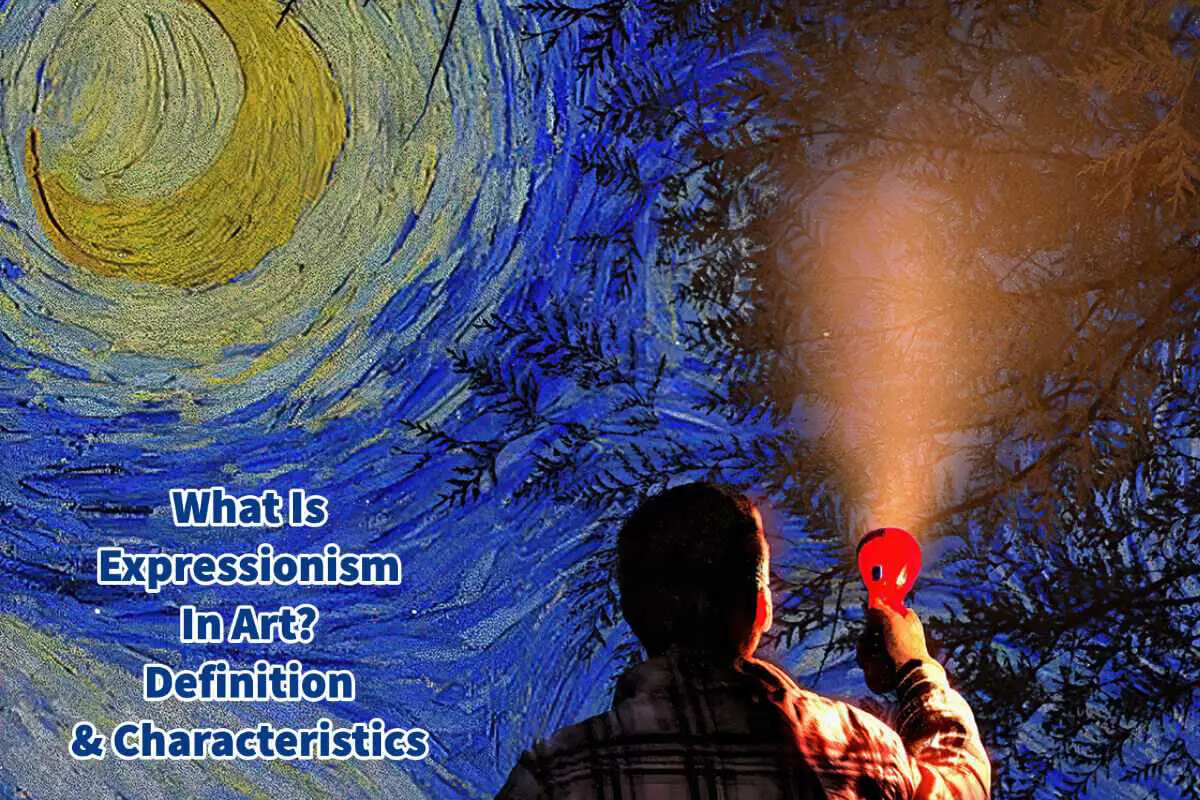Artistic movements have shaped art history, reflecting its creators’ unique perspectives and emotions. Among these movements, expressionism holds a significant place.
Expressionism is characterized by intense and subjective portrayals of the artist’s emotions; expressionism is a captivating art movement that emerged in the early twentieth century and has left an indelible mark on the art world. While the term “expressionist” can be applied to artworks from any era, it is primarily associated with the art of the twentieth century, starting with artists like Vincent Van Gogh and encompassing various renowned figures such as Edvard Munch, Henri Matisse, and Pablo Picasso.
Table of Contents
- Definition Of Expressionism
- 5 Characteristics Of Expressionism
- Expressionism Explored
- Frequently Asked Questions
- Related Questions
Read on as we delve into the essence of expressionism, its defining characteristics, and associations with notable art groups like the Brücke and Blaue Reiter in Germany. Additionally, we will explore the development of abstract expressionism in America after World War II, further expanding the scope of this influential artistic movement.
Definition Of Expressionism
Expressionism can be defined as an art movement that prioritizes the emotional and psychological aspects of human experience over realistic representation. It emphasizes the artist’s subjective interpretation of the world, often using distorted forms, intense colors, and bold brushstrokes to evoke strong emotional responses in the viewer.
Expressionist artworks aim to capture the essence of a subject rather than its physical appearance.
5 Characteristics Of Expressionism
As expressionism is a departure from the objective depiction of the external world and seeks to convey the artist’s inner reality and can be applied to artworks from any era, it is primarily associated with the art of the twentieth century.
Many characteristics of expressionism help us to understand what expressionism in art means.
Subjective Perspective
Expressionism focuses on the artist’s inner thoughts, emotions, and psychological states. It aims to express the artist’s unique perspective and interpretation of the world, often conveying a sense of unease, anxiety, or intense emotion.
Distortion And Exaggeration
Expressionist artists employ distortion and exaggeration of forms to convey subjective experiences and amplify emotional impact. Figures and objects may be distorted, warped, or elongated to reflect the artist’s emotional state or the intensity of their message.
Bold Colors And Brushwork
Vibrant and non-naturalistic color palettes are a hallmark of expressionist art. Artists use bold, contrasting colors to evoke strong emotions and create a sense of tension or drama. The brushwork is often energetic, loose, and visible, emphasizing the artist’s spontaneity and expression.
Symbolism And Abstraction
Symbolic elements and abstract representations are common in expressionist artworks. Artists employ symbolism to convey complex ideas or represent psychological states, while abstract forms may emphasize emotions and create a visceral impact on the viewer.
Rejection Of Traditional Artistic Conventions
Expressionism rebels against traditional artistic conventions and challenges established norms. It seeks to break free from academic rules and formalities, embracing individualism, experimentation, and a raw, unfiltered expression of the artist’s inner world.
Expressionism Explored
What can sometimes be confusing is that expression is used for quite a few different art movements. So when we say the name expressionism, it can encompass many different times, places, and art movements. .
German Expressionism
German expressionism, also known as the expressionist movement in Germany, played a significant role in developing expressionist art. Notable groups like the Brücke (Bridge) and Blaue Reiter (Blue Rider) emerged during the early twentieth century, advocating for a new artistic language that rejected traditional aesthetics.
Artists associated with German expressionism, such as Ernst Ludwig Kirchner, Emil Nolde, and Wassily Kandinsky, sought to depict the dissonance and social upheaval of the time, reflecting on the tensions brought about by industrialization, urbanization, and the horrors of World War I.
You can read our blog about The Impact Of German Expressionism On Modern Art by clicking here to learn more about German Expressionism.
Abstract Expressionism In America
After World War II, an abstract form of expressionism emerged in America. This movement marked a departure from the figurative art of the past, emphasizing abstraction and non-representational forms.
Artists such as Jackson Pollock, Mark Rothko, and Willem de Kooning were central figures in this movement, which sought to express the subconscious.
Action Painting
One prominent style within abstract expressionism is action painting, epitomized by the works of Jackson Pollock.

Artists engaged in spontaneous, gestural brushwork, often dripping or pouring paint onto the canvas, capturing the energy and movement of the creative process itself.

Color Field Painting
Another branch of abstract expressionism is color field painting, associated with artists like Mark Rothko and Barnett Newman.


These artists focused on large areas of solid color, creating expansive, immersive compositions that aimed to evoke deep emotional responses from viewers.


Emotional Expression And Existential Themes
Abstract expressionism in America explored themes of existentialism, introspection, and the human condition. Through their bold and expressive artworks, these artists conveyed a sense of personal struggle, spirituality, and the universal experiences of joy, despair, and hope.
International Influence And Legacy
Abstract expressionism quickly gained international recognition and influence, spreading beyond the United States. Its impact extended to other artistic movements, including color field painting, lyrical abstraction, and the neo-expressionism of the 1980s.
Expressionism in art has left an indelible mark on the art world, whether in its early manifestations or later abstract form. It prioritizes subjective experiences, intense emotions, and the artist’s unique perspective, often employing distortion, bold colors, and symbolic elements.
German expressionism, represented by groups like the Brücke and Blaue Reiter, played a significant role in shaping the movement and reflecting the societal tensions of the early twentieth century.
Meanwhile, Abstract expressionism in America pushed the boundaries of artistic expression, embracing abstraction and conveying the depths of the human psyche. Through their innovative approaches, expressionist artists continue to inspire and challenge viewers, inviting them to explore the complex and multifaceted nature of human existence through the language of art.
By embracing the power of personal expression and breaking away from traditional artistic conventions, expressionism has enriched the art world with its raw, passionate, and thought-provoking creations. Whether it be the early pioneers or the abstract expressionists, these artists have left an enduring legacy that continues to captivate and inspire artists and art enthusiasts.
Expressionism remains a strong and influential artistic movement, renowned for its dynamic and subjective portrayal of the human experience. Defined by bold colors, distorted forms, expressive brushwork, and a focus on personal emotion,
Expressionism has left an indelible mark on the art world. From the early works of Van Gogh and Edvard Munch to the abstract expressions of artists like Pollock and Basquiat, Expressionism continues to inspire artists and captivate audiences.
Its enduring legacy lies in its ability to evoke profound emotions and challenge viewers to delve into the depths of their own experiences.
Anita Louise Art is dedicated to art education, great artists, and inspiring others to find and create their art. We love art that uplifts and inspires. #ArtToMakeYouSmile! #ArtToMakeYouHappy!
If you are interested to see any of my art, you can find out more by clicking here. If you are interested in what inspires me and my paintings, you can discover more by clicking here.
We have a free newsletter and would love you to be part of our community; you can subscribe to the newsletter by clicking here. I would be happy to talk to you if you have any questions. You can reach me, Anita, by clicking here.
Subscribe to our Anita Louise Art YouTube Channel with great videos and information by clicking here.
Join us for our podcast “5 Minutes With Art.” Spend just 5 minutes a week with us to discover and learn about great art and artists. You can find out more about our podcast by clicking here.
Frequently Asked Questions
What is Expressionism in art?
Expressionism is an art movement characterized by the intense and subjective expression of the artist’s emotions. It emerged in the early twentieth century, focusing on conveying inner feelings rather than depicting objective reality.
Who were the prominent artists associated with Expressionism?
Expressionism was embraced by influential artists such as Vincent Van Gogh, Edvard Munch, Henri Matisse, and Pablo Picasso. These artists played pivotal roles in shaping the movement during its early stages.
How does Expressionism differ from other art movements?
Expressionism stands out for its emphasis on conveying emotions in a raw and intense manner. Unlike some other movements that prioritize realism or formal aesthetics, expressionist artworks often distort reality to evoke strong emotional responses.
What are the key characteristics of Expressionist art?
Expressionist art is characterized by bold colors, distorted forms, and a focus on conveying intense emotions. Artists often use exaggerated brushstrokes and unconventional compositions to create a heightened emotional impact.
Is Expressionism limited to a specific medium or artistic style?
Expressionism is not limited to a specific medium or style. It has been expressed in painting, sculpture, literature, film, and other artistic forms. The common thread is the emphasis on subjective emotion.
When did Expressionism emerge, and how long did it influence the art world?
Expressionism emerged in the early twentieth century, around 1905-1920, and continued to influence the art world throughout the century. Its impact extended into various art forms and continued to evolve over time.
What motivated artists to embrace Expressionism?
Expressionist artists were motivated by a desire to break free from traditional artistic constraints and explore personal, emotional, and psychological themes. The movement was a reaction against the perceived constraints of academic art.
Can Expressionism be associated with a specific cultural or historical context?
Expressionism often emerged in times of social and political upheaval, such as the early twentieth century. It can be associated with the broader cultural and historical context of the time, reflecting the emotional responses of artists to societal changes.
Are there regional variations in Expressionist art?
Yes, there are regional variations in Expressionist art. While the movement had a global impact, different regions produced unique expressions of Expressionism influenced by local cultures, politics, and historical events.
Related Questions
What Is The Cultural Significance Of Abstract Expressionism Art?
The cultural significance of abstract expressionism art is that it was a forerunner for the cultural changes in the United States in the 1950s and 1960s. The Abstract Expressionism movement started after World War II in the 1940s and continued into the 1950s. The world saw significant cultural shifts in the 1950s and the 1960s.
By clicking here, you can learn more by reading What The Cultural Significance Of Abstract Expressionism Art Is?.
What Is Abstract Expressionism?
Abstract Expressionism is a term applied to the art developed by American painters in the 1940s and 50s. It is associated with the New York School art movement, which signified a change in the world’s art center from Paris, France, to New York City. Gestural brushstrokes characterize the abstract expressionism art movement, mark markings, and the overall impression of spontaneity in the artwork.
You can learn more by reading the blog What Is Abstract Expressionism? by clicking here.
Why Is Van Gogh Considered Such a Great Artist?
Many things make Vincent Van Gogh unique and great as an artist. He had a great way of using color in his heart, but more than that, he was an artist who set and paved the way, and his brushstroke technique used color and his design ability. What is interesting is that he did this as a self-taught artist.
By clicking here, you can discover more by reading Why Is Van Gogh Considered Such a Great Artist?

